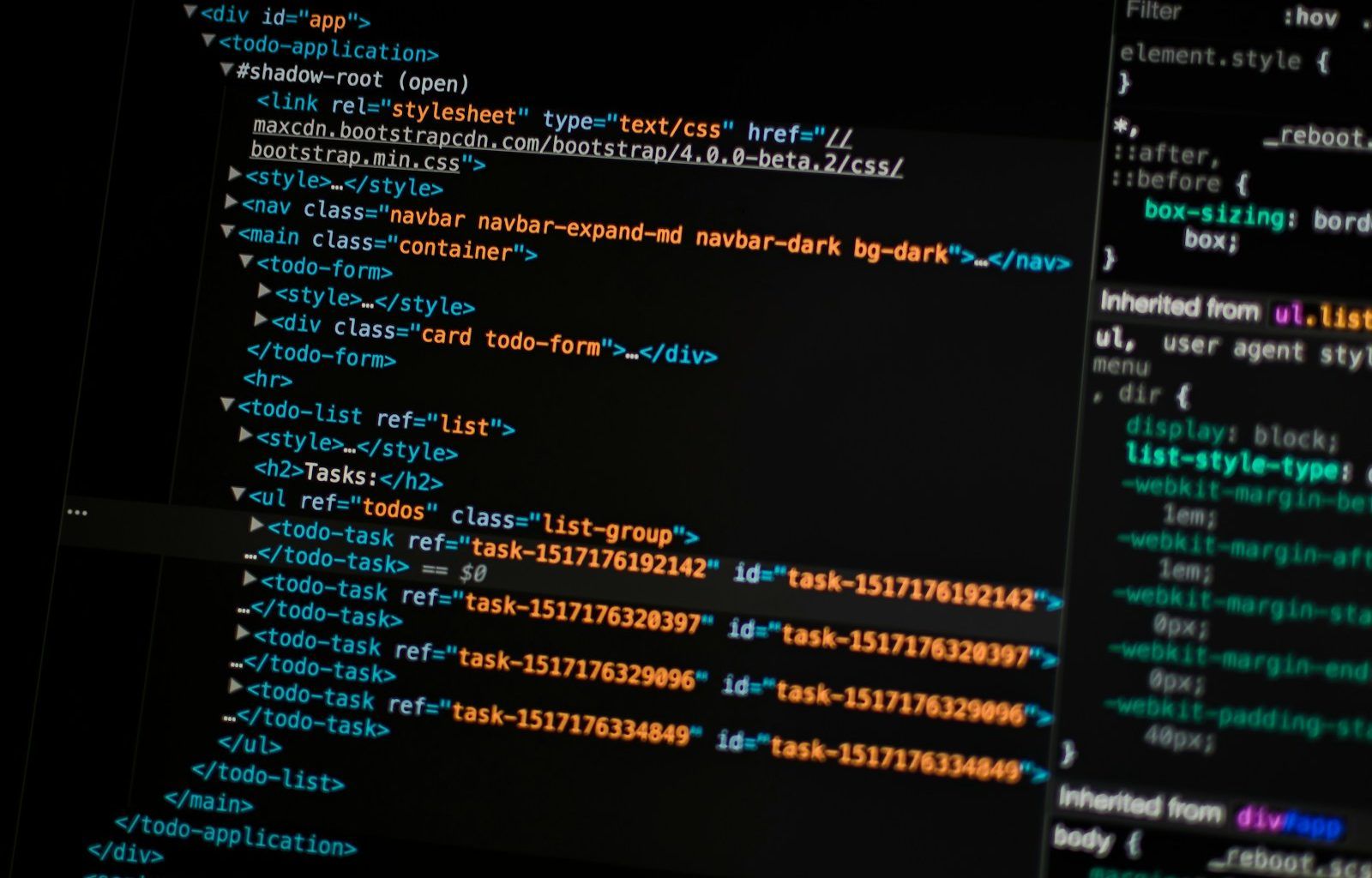If you’ve ever dived into the world of music production or distribution, you’ve probably heard the term “ISRC code.” But what exactly is an ISRC code, and why is it so important? Whether you’re an artist, a producer, or just someone curious about how music tracks are identified, this guide will break it down for you in simple terms. Let’s get started!
Understanding the Basics of ISRC
The ISRC code stands for “International Standard Recording Code.” It’s a unique identifier assigned to individual music recordings. Think of it like a fingerprint for your song. No two ISRC codes are the same, which means your track gets a unique identity that helps distinguish it from millions of other recordings worldwide.
Each ISRC code is a 12-character alphanumeric code that looks something like this: US-S1Z-23-12345. Every part of the code has a specific meaning, which we’ll explain shortly. But for now, just know that this code is vital for tracking, reporting, and earning royalties from your music.
Why Does the ISRC Code Matter?
In today’s digital age, where millions of songs are streamed, downloaded, and shared every day, having a unique identifier for your music is crucial. Here’s why the ISRC code is so important:
- Tracking Plays and Streams: Platforms like Spotify, Apple Music, and YouTube use ISRC codes to track how many times your song has been played. This tracking ensures you get credited properly.
- Earning Royalties: Every time your track is streamed or sold, royalties are generated. The ISRC code ensures those royalties are linked to your recording.
- Simplifying Licensing: If someone wants to use your song in a film, ad, or cover version, the ISRC code helps them identify the exact track they need.
- Global Recognition: The ISRC code works internationally. Whether your song is played in New York or Tokyo, the same code applies.
Breaking Down the ISRC Code Structure
Now that you know why the ISRC code is essential, let’s take a closer look at how it’s structured. Each part of the code provides specific information about the recording:
- Country Code (2 Characters): The first two letters represent the country where the code was issued. For example, “US” for the United States or “UK” for the United Kingdom.
- Registrant Code (3 Characters): This part identifies the organization or individual who registered the code.
- Year of Reference (2 Digits): The next two numbers indicate the year the ISRC code was assigned.
- Designation Code (5 Digits): These numbers are unique to the recording and are used to differentiate it from others registered by the same entity in the same year.
How to Get an ISRC Code
If you’re a musician or a producer, you might be wondering how to get an ISRC code for your track. The process is straightforward:
- Through a Distributor: Many music distributors, like DistroKid or TuneCore, automatically assign an ISRC code to your track when you upload it for distribution.
- Direct Registration: In some countries, you can register your ISRC codes directly through a national ISRC agency. For instance, the Recording Industry Association of America (RIAA) handles ISRC codes in the United States.
- Using ISRC Tools: Some software and tools allow you to generate ISRC codes for your recordings if you’re managing a larger catalog.
Common Misconceptions About ISRC Codes
There are a few myths floating around about ISRC codes. Let’s clear them up:
- One Code Per Track: Each recording of a song gets its own code. If you record an acoustic version and a live version, they need separate codes.
- It’s Not a Copyright: The ISRC code helps identify your track, but it doesn’t provide copyright protection. You still need to register your music for copyright.
- Free vs. Paid Codes: Some services charge for ISRC codes, but many distributors include them as part of their package at no extra cost.
How ISRC Codes Work in the Real World
Let’s look at a practical example of how ISRC codes are used. Imagine you’ve just released a new single. Here’s what happens next:
- Uploading to Streaming Platforms: When you upload your track to a distributor, they assign an ISRC code.
- Tracking Plays: Every time someone streams your song on Spotify or watches your music video on YouTube, the ISRC code ensures those plays are tracked.
- Royalty Payments: The platforms report the plays associated with your code to rights organizations, which calculate and distribute your royalties.
Best Practices for Managing Your ISRC Codes
To get the most out of your ISRC codes, keep these tips in mind:
- Stay Organized: Maintain a database or spreadsheet with all your ISRC codes, track names, and release dates.
- Use Consistently: Always use the same code for a track, even if you’re uploading it to multiple platforms.
- Verify Accuracy: Double-check your codes before submitting them to distributors or licensing platforms.
Synonyms and Related Terms
While ISRC is the official term, you might also come across phrases like “recording identifier” or “song ID code.” These terms generally refer to the same concept and highlight the importance of uniquely identifying music tracks.
Wrapping It Up
So, what is the ISRC code? It’s your music’s unique identifier—a small but mighty tool that ensures your tracks are recognized, tracked, and monetized worldwide. Whether you’re a seasoned musician or just starting out, understanding ISRC codes is an essential step in managing your music career. Take the time to learn how they work, and you’ll set yourself up for success in the ever-evolving music industry.
For further reading, explore these related articles:
- The Ultimate Guide to Using a Free Music Lyrics App
- The Ultimate Guide to DAWs Music: Everything You Need to Know
For additional resources on music marketing and distribution, visit DMT Records Private Limited.






